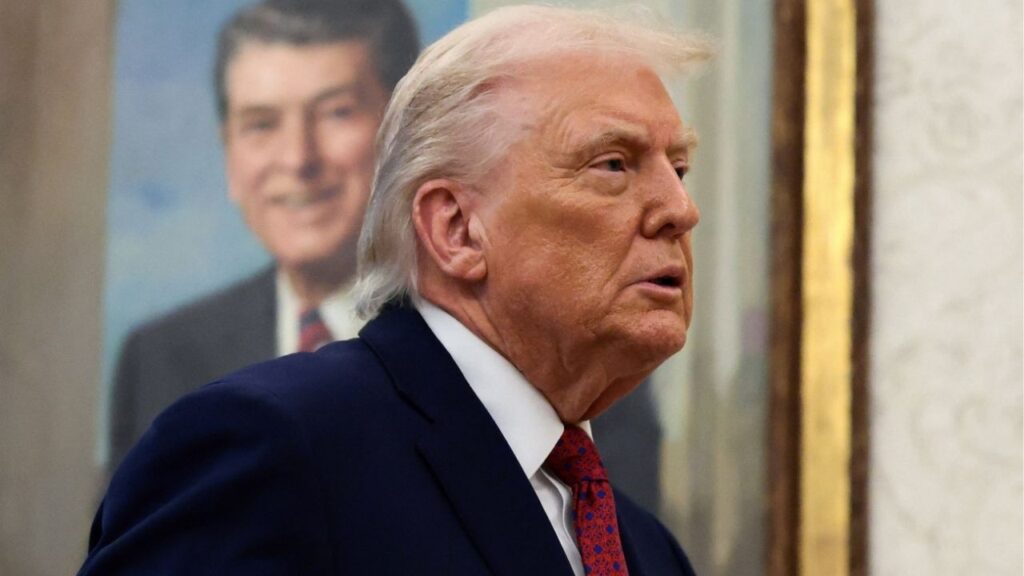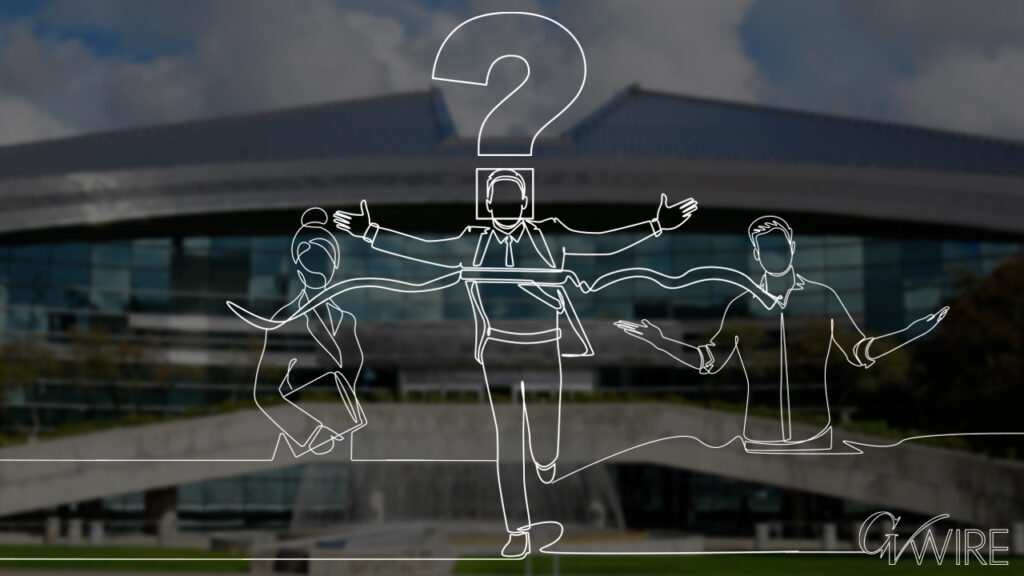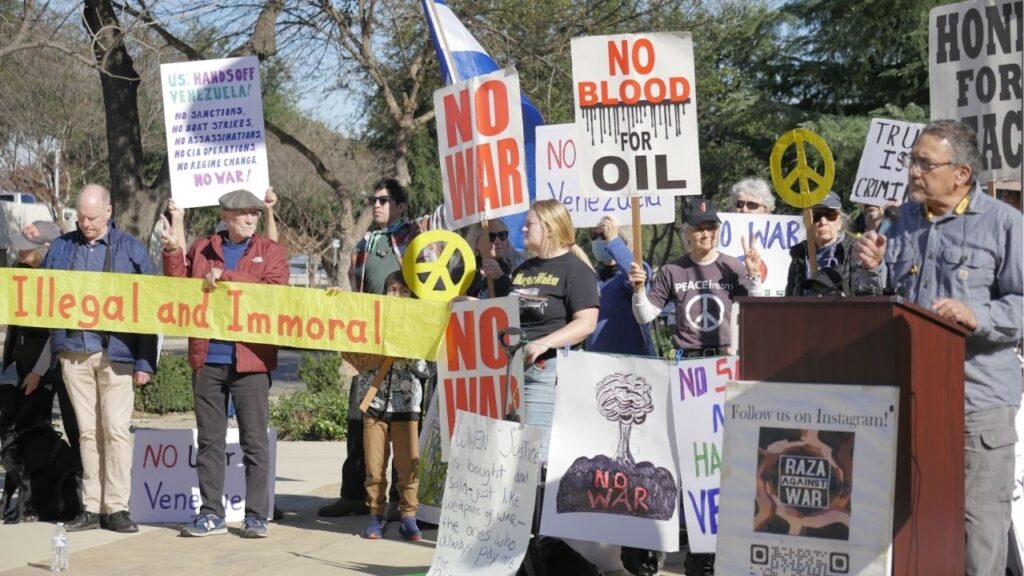Share
SACRAMENTO — Gov. Gavin Newsom on Friday proposed a $268 billion state budget that is one-third larger than the state’s current spending plan, fueled by surging state tax revenues and federal stimulus money.
He said the windfall that produced a $76 billion surplus provides a chance for the most populous state to come “roaring back” from a year mired in the pandemic — to not just recover but to improve basic infrastructure and social programs while rewarding poor and middle-class residents with cash payments.
The Democratic governor called his spending plan an “unprecedented generational and transformational budget.” He said the state’s nearly 40 million residents showed remarkable resiliency during the pandemic and that “set the state up for not just a comeback, but an extraordinary decade, arguably century ahead.”
Republican Says Surplus Shows California Taxes are Too High
State Assembly Republican Leader Marie Waldron said the surplus shows California’s taxes are too high.
“This budget will certainly do some temporary good, but it fails to seriously address any of the long-term structural problems facing the state and it does nothing to lower the cost of living for hard-working Californians,” she said. “I urge the governor to focus on fixing long-standing problems instead of short-term political promises.”
The timing for the flood of revenue couldn’t be better for Newsom, who is likely to face a recall in the fall that’s fueled by criticism of his handling of the coronavirus. He spent the last four days touting elements of the budget ahead of revealing the full plan on Friday.
Newsom Proposes State Budget Plan
His plan includes a tax rebate for 11 million people who would get direct payments of up to $1,100. He also set aside $7.2 billion to pay off people’s outstanding rent and utility bills.
There’s $6 billion on water and drought issues, $8.75 billion to create 46,000 housing units for the homeless and a plan to have all 4-year-olds in California could go to school for free, while also pledging $5 billion to create after-school and summer school programs for districts with high concentrations of underprivileged students.
Newsom also said he wants to create a third polytechnic state university to join existing schools in Pomona and San Luis Obispo.
There’s $35 million over five years to pay for “universal basic income pilot programs.” It’s believed to be the first statewide funding for such programs, which are gaining traction in cities.
It’s built on the idea of giving lower-income people a set amount of money each month to ease the stresses of poverty that make it harder for people to find full-time jobs and stay healthy. Critics say free money provides a disincentive to work.
The governor also included money to give Medicaid benefits to people 60 and older living in the country illegally. California already pays for health care for children and adults up to age 26 in that immigration category.
Newsom also announced Friday that the state will use $300 million of the surplus to forgive traffic fines for low-income residents, with details to be worked out by lawmakers and the state’s Judicial Council.
The state will pay off the fines going back before the pandemic, though he said the program was intended to help those who suffered economically during the related economic shutdown. It will cover fines only through this June 30.
Newsom said he wants to spend $11 billion to build what his office termed “a modernized transportation system for the next century.” That includes not only repairing decayed roads and bridges, but more spending for the state’s troubled bullet train, other public transportation, the state’s ocean ports, and projects around the 2028 Summer Olympics in Los Angeles.
That high-speed rail effort is likely to be buoyed by Democratic President Joe Biden, who’s expected to reverse the effort of former President Donald Trump and the Republican-controlled Congress to cut off federal funding for high-speed rail, Newsom said.
Once again, he said, “We have a real federal partner with the high-speed rail system” as the state tries to complete the initial Central Valley portion of a network eventually intended to link the Los Angeles and San Francisco Bay areas.
As part of his homelessness and housing plan, the governor asked lawmakers to spend $3.5 billion on boarding and senior care as well as space for people so impaired that they are put into legal conservatorships by counties under an expanded proposal he outlined last year.
That’s in part to reverse the decisions of one of his predecessor governors, Ronald Reagan, who Newsom said “began the process of dismantling the investments in our state’s behavioral health system, our mental health system.” That initiative, he said, “was never followed up with a community-based care that was pledged and promised.”
Wealthy Taxpayers Boosted the State Revenue Providing Surplus
Newsom’s sweeping proposals are driven by more than $100 billion in surplus funds, a combination of surging state tax revenues and $27 billion in federal stimulus money. The surplus is part of $267.8 billion in proposed general spending and other special and bond funds, up $46 billion just since his initial January budget and $66 billion over current spending.
The contrast from one year ago as the pandemic throttled the state’s economy couldn’t be more striking. Then, Newsom proposed what officials expected to be a deficit-choked plan that increased taxes on businesses, slashed public education spending and cut the salaries of more than 233,000 state workers.
California’s budget bonanza is an apt reflection of the pandemic, an unpredictable roller coaster that often left officials in the state baffled about what was coming next.
While millions of low-wage earners lost their jobs and struggled to navigate the state’s overwhelmed unemployment benefits system, most middle and, especially, high-income earners worked from home and kept paying taxes.
California relies heavily on those wealthiest taxpayers, who generally did well during the pandemic. That greatly boosted state revenues and provided a budget surplus.
Newsom heralded the surplus, and the economy that underlies it, as a rebuke of recent criticism of the state’s purported decline — a theme pushed in recent days by news of the state’s first recorded population decline and loss of a congressional seat due to reapportionment.
“We are trying to do things this state has talked about but never been able to accomplish because we’ve never had the resources to do it,” Newsom said. “This is not a budget that plays small ball. This is not a budget that plays in the margins.”


















